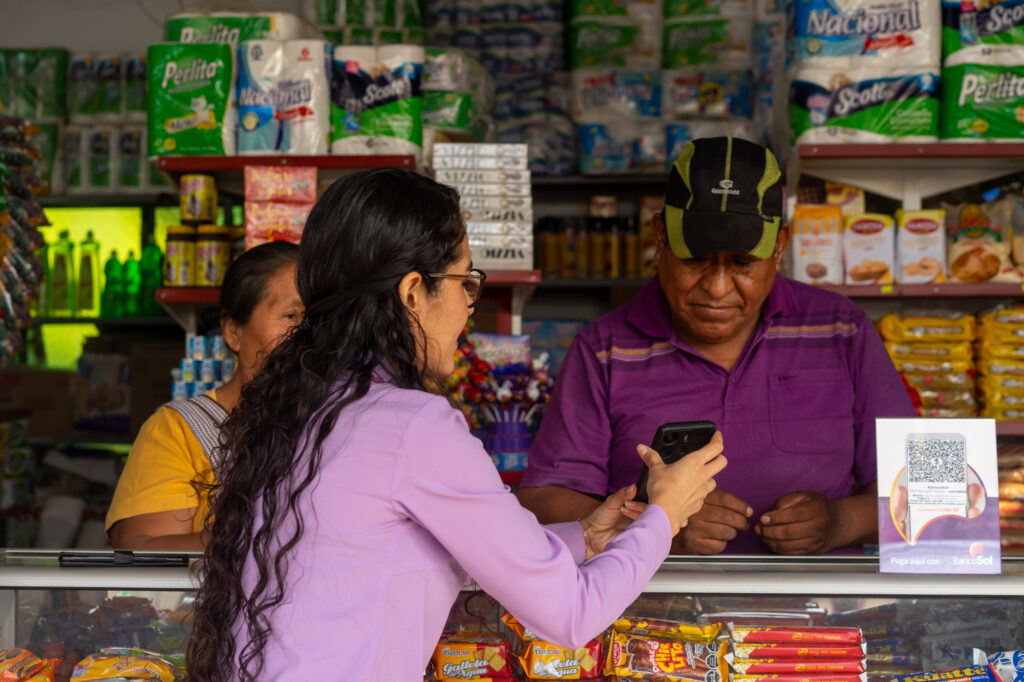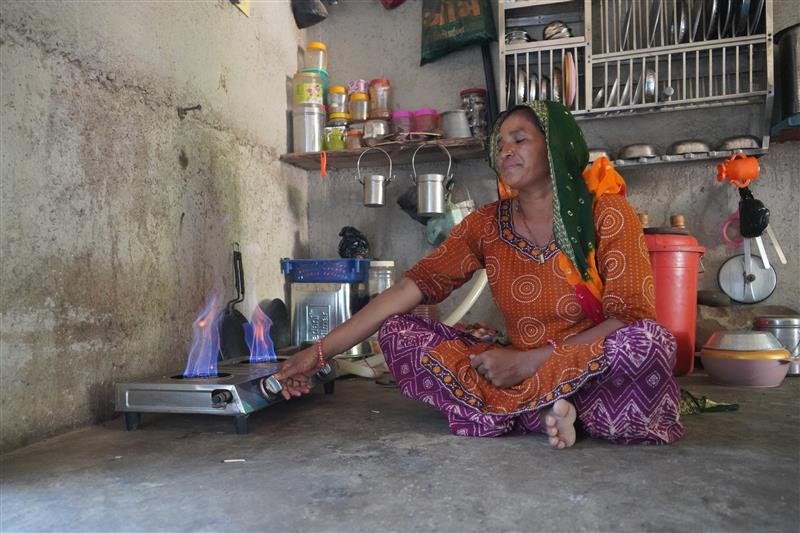
Access to financial products alone does not automatically equip people to improve their finances, build resilience, and seize opportunities. A Gallup Global Financial Health study found that having a bank account does not guarantee a sense of financial control or security in emerging markets. In the U.S., where financial access is widespread, nearly half of Americans do not have $400 in savings and almost half have trouble paying bills every month.
That’s why organizations are focusing on the concept of financial health as a means to develop financial ecosystems that go beyond just access and usage of products and ultimately create meaningful change in people’s lives. Financial health assesses whether people are spending, saving, borrowing, and planning in a way that will enable them to be resilient and pursue opportunities over time, as stated by The Financial Health Network.
During the COVID-19 pandemic, it is more critical than ever to find innovative ways to support those disproportionately affected by an economic downfall outside of their control. A more holistic understanding of financial health will help financial service providers to support and maintain their client base, even in times of uncertainty.
People want to pay tuition, maintain their homes, and be able to weather health emergencies.
As consumer protection bureaus and financial authorities focus on systemic change, they’ve dedicated less attention to developing products that improve financial health, especially in emerging markets. People want to pay tuition, maintain their homes, and be able to weather health emergencies. They need financial products that help them achieve these goals and empower them to make good decisions through both economic upturns and hardships.
Unfortunately, many traditional financial products were not developed with these pragmatic goals in mind. As a result, they are often poorly suited to helping people, especially low-income individuals, achieve their financial goals. It is not always obvious how providers can design more appropriate products, but we recommend that they analyze available data, draw on behavioral insights, and employ design thinking to uncover ways forward.
Expanding the concept of financial health
Despite the number of financial institutions that view financial health as core to their mission, many financial health strategies have not thoroughly considered customers’ needs, aspirations, or behaviors in their product innovation. In fact, financial health efforts have primarily focused on what can be tracked and measured, like maximizing profitability or savings balances rather than strategies that allow customers to meet their personal financial goals.
The financial lives of low-income people do not follow the linear pathway of “earn, save, invest, grow, and repay” implied by traditional financial products. Instead, their lives are more turbulent, and the categories may be far more blurred. For example, a typical microfinance customer may accept payment in the form of construction materials like bricks or cement. These materials function as both savings and investment. They are illiquid so cannot easily be spent like savings can, but they may be liquidated at reduced prices at times of emergencies. These materials can also be considered the first step towards future physical improvements, however, they are also likely to deteriorate with exposure to weather and are subject to value fluctuations, so they’re not as secure as traditional savings. Today’s financial products do not reflect the unique ways in which low-income individuals manage their assets and liquidity.
Moreover, current products do not accurately reflect the diversity of low-income individuals’ needs. A young student who depends on cash injections from his family to make ends meet will use a microfinance loan very differently than an established entrepreneur who is trying to expand her business. Most providers currently offer both customers a fundamentally identical credit product without considering their different needs.
Approaches to adapting financial products
Financial health strategies must encourage innovation to create financial products that improve customers’ lives — in health, education, and overall well-being. They should also consider emotional dimensions — such as feelings of stability, peace of mind, and hope — as these are closely intertwined with our perception of our own financial health. The sector needs to reimagine traditional financial products, rethink our approach, and start designing more appropriate products. Fortunately, the growth of digital finance and advances in human-centered design have given us data, methods, and theories that can power analysis of users’ needs to improve the products we offer. New innovative approaches will also allow financial institutions to introduce new business models and serve customers in a way that adds value not only to the individual but to the institution itself.
To ensure that financial services deliver greater benefits and that our aspirations for achieving financial health come into reach, Accion’s Global Advisory Solutions team is advocating for a new approach to product development that combines design thinking, behavioral science, and data science. Together these three disciplines put the customer at the center of product design. These approaches apply insights from psychology, economics, statistics, and data science to design products that are better connected to customers’ behaviors, ambitions, and aspirations — empowering them to achieve their goals. The key to this approach is to grounding good design within the business and operational reality of the financial service provider so that the product is sustainable over the long-term.
To learn more about these strategies for product development, read our latest brief developed in partnership with Mastercard Center for Inclusive Growth: “Placing financial health at the heart of financial institutions to create business and customer value.”
Products that truly work for users will ultimately drive more and better business for financial service providers. A business strategy oriented around consumer financial health offers providers an avenue for growth, organizational resilience, and profitability.
The ultimate goal of financial inclusion should be ensuring everyone has access to financial tools that improve their lives. By making financial health the central principle of product design, we can make this goal attainable and better serve a greater number of individuals.









